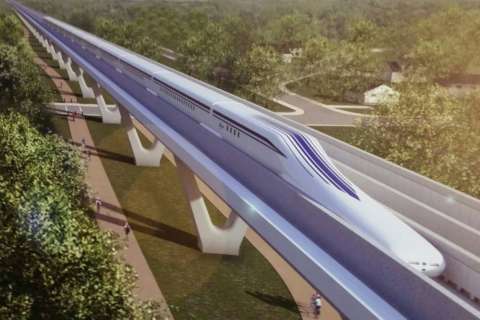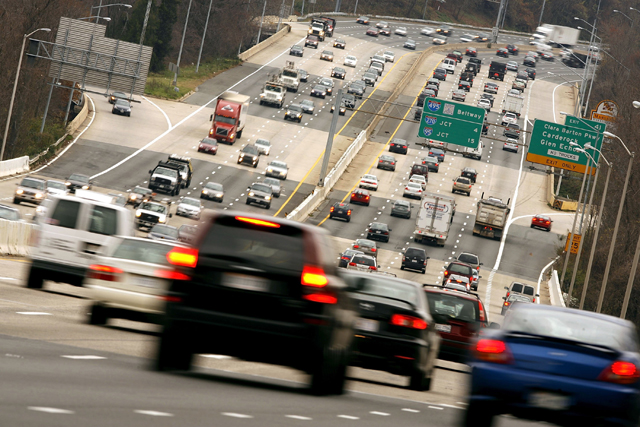BOWIE, Md. — Residents turned out in significant numbers at the Student Center at Bowie State University to catch a glimpse of the latest plans for a high-speed rail line between D.C. and Baltimore.
An environmental study funded by the federal government has reduced the number of possible routes for the Superconducting Magnetic Levitation train to three. The public came to see the maps of the proposed routes and to hear an update on the project.
“All three routes would have a station in Washington, D.C., a stop at BWI Airport and a stop in Baltimore,” said Bradley Smith of the Maryland Department of Transportation.
Two of the proposed routes would be along the Baltimore-Washington Parkway and the third would parallel current train tracks used by Amtrak.
“There are a lot of operational issues in terms of us sharing the same territory as Amtrak. I don’t think they would like us being in their neighborhood, and we don’t necessarily want to be in their neighborhood, said David Henley, maglev’s project director.
The project promises a 15-minute ride between D.C. and Baltimore, eventually taking the system to New York. The system would rely on magnetic force between superconducting magnets on the train and along the length of the guideway.
Some residents turned out to oppose the project.
“No one has been able to give us any idea of what the purpose or the need of this train is, nor will it serve any of the communities along the route,” said Aviva Nebesky, of Bowie.
“This is going to be an underused, overpriced system that is not necessary for this area,” said Ray Bollinger, a retired truck driver who lives in Bowie.
Maglev project planners hope to have an approved route by mid 2019.
“After that we’ll be good to go, as long as we have financing, we’ll start the design and construction later that year,” Henley said.







